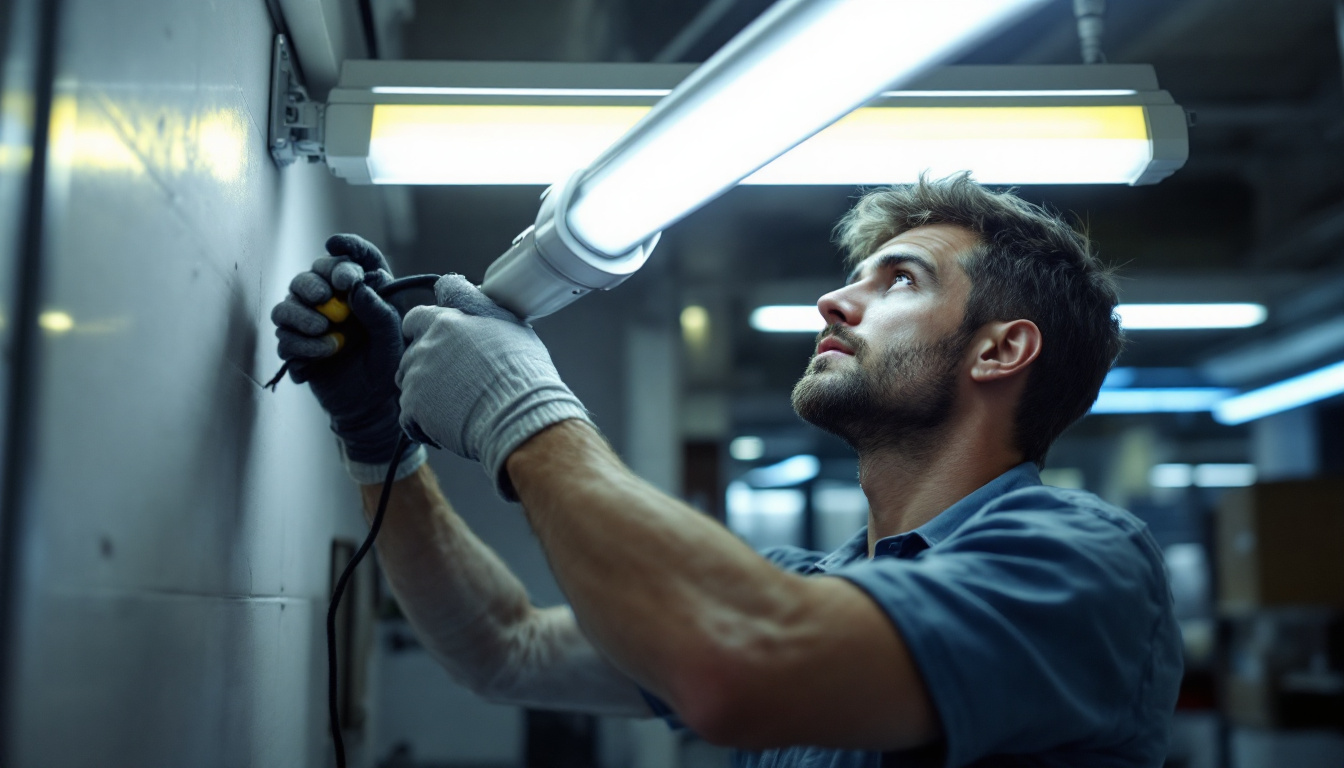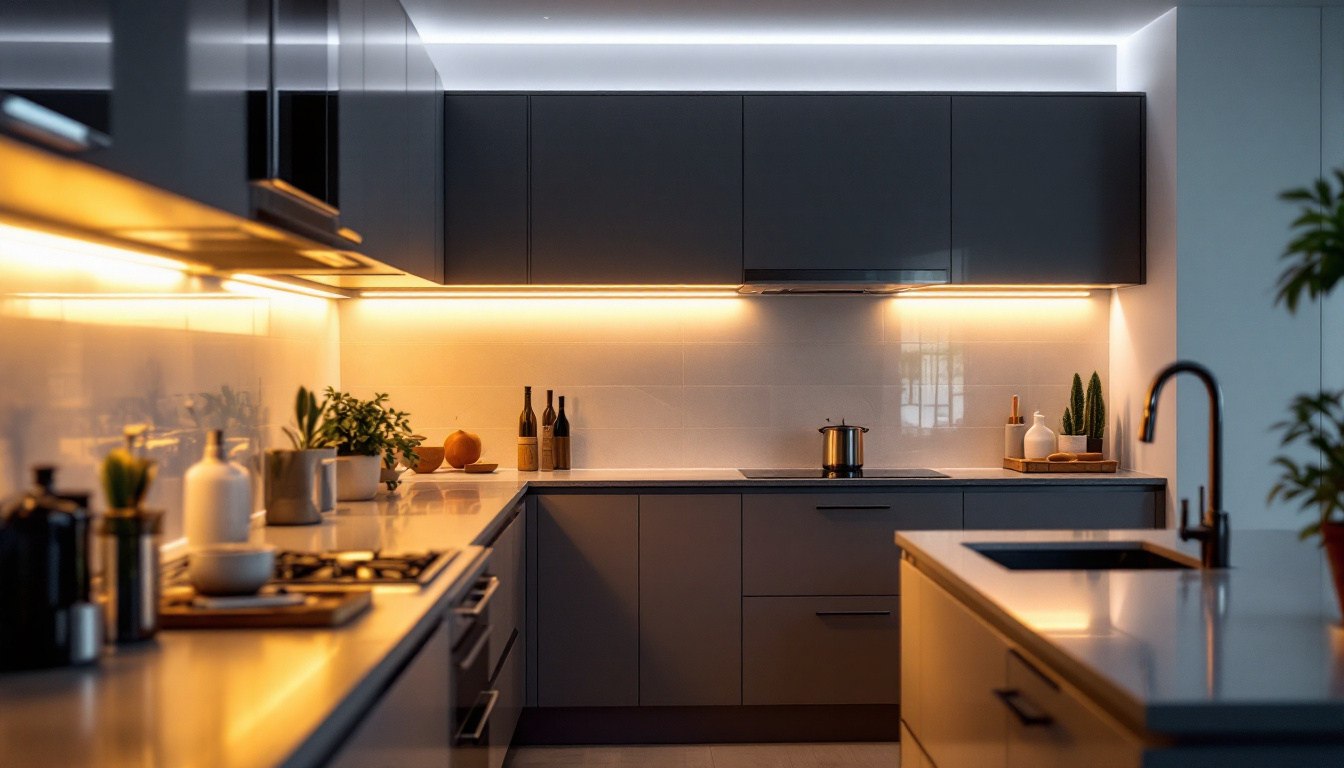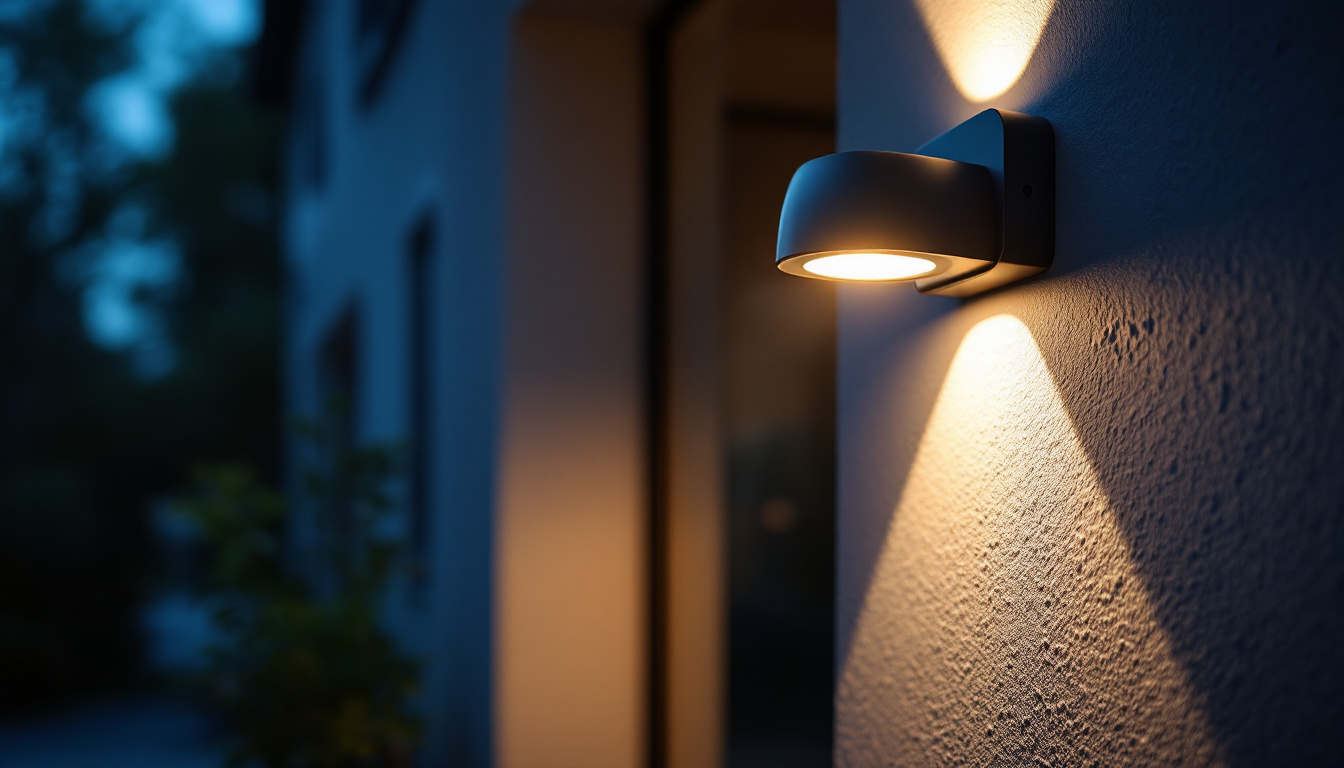
Replacing fluorescent tubes with LED lighting is becoming an increasingly popular choice among lighting contractors. The benefits of LED technology are numerous, ranging from energy efficiency to longer lifespans. However, to ensure a successful transition, it is essential to follow best practices that can optimize both performance and customer satisfaction. This article explores the best practices for replacing fluorescent tubes with LED alternatives, providing valuable insights for lighting contractors.
Before diving into the replacement process, it is crucial to understand why LED lighting is favored over traditional fluorescent tubes. LED technology offers significant advantages, including energy efficiency, longevity, and reduced environmental impact.
One of the most compelling reasons to switch to LED is energy efficiency. LEDs consume up to 75% less energy than fluorescent lights, leading to substantial cost savings on electricity bills. Additionally, LEDs have a longer lifespan, often lasting up to 25,000 hours or more, compared to the 10,000 hours typical of fluorescent tubes. This longevity reduces the frequency of replacements, which can be a significant advantage for both contractors and clients.
In an era where sustainability is paramount, the environmental benefits of LED lighting cannot be overlooked. Unlike fluorescent tubes, which contain hazardous materials like mercury, LEDs are free from such toxins. This makes them safer for both the environment and human health. Furthermore, the reduced energy consumption of LEDs contributes to lower carbon emissions, aligning with global efforts to combat climate change. The production of LEDs also tends to have a smaller ecological footprint, as advancements in manufacturing processes have led to more sustainable practices. By choosing LED lighting, individuals and businesses alike can play a part in fostering a greener planet.
LEDs also offer superior lighting quality compared to traditional fluorescent tubes. They provide better color rendering, allowing for more accurate color representation in various settings. This is particularly important in environments such as retail spaces, art galleries, and any area where color accuracy is crucial. Moreover, LEDs can be dimmed easily, providing flexibility in lighting design that fluorescent tubes cannot match. The ability to adjust brightness not only enhances the ambiance of a space but also contributes to energy savings, as users can tailor the lighting to their specific needs. Additionally, LEDs are available in a variety of color temperatures, from warm white to cool daylight, allowing for customization that suits different moods and activities. This versatility makes them an ideal choice for both residential and commercial applications.
Before embarking on the replacement of fluorescent tubes with LEDs, thorough preparation is essential. This phase involves assessing the existing lighting setup, understanding client requirements, and selecting the appropriate LED products.
Start by evaluating the existing fluorescent fixtures. Take note of their type, wattage, and any specific installation requirements. Understanding the current setup will help in selecting compatible LED replacements. Some fixtures may require retrofitting, while others may allow for direct replacement. Knowing the condition of the existing fixtures also aids in determining whether they need to be replaced entirely or if they can be modified to accommodate LEDs.
Additionally, consider the layout of the space where the fixtures are installed. The arrangement and spacing of lights can significantly impact the overall illumination and ambiance of the area. For instance, in larger spaces such as warehouses or commercial buildings, it may be beneficial to analyze the light distribution patterns to ensure that the new LED fixtures will provide adequate coverage. This assessment can also reveal any dark spots or areas that require additional lighting, allowing for a more comprehensive lighting solution.
Engaging with clients to understand their needs and preferences is vital. Discuss their lighting goals, such as desired brightness levels, color temperature, and any specific applications for the lighting. This dialogue not only helps in selecting the right LED products but also ensures that the final outcome aligns with client expectations.
Moreover, it is important to educate clients about the benefits of LED technology, such as energy efficiency, longevity, and reduced maintenance costs. Providing them with information on the potential return on investment can help them appreciate the value of the upgrade. Additionally, discussing the environmental impact of switching to LEDs can resonate with clients who prioritize sustainability. By fostering an open conversation, you can build trust and ensure that the project meets both functional and aesthetic requirements, paving the way for a successful installation.
The market is flooded with various LED products, making the selection process crucial. Choosing the right LED tubes involves considering factors such as compatibility, efficiency, and warranty.
When selecting LED tubes, ensure they are compatible with the existing fixtures. There are two main types of LED replacements: plug-and-play (or direct replacement) and retrofit options. Plug-and-play LEDs can be installed directly into existing fixtures without any modifications, while retrofit options may require changes to the fixture’s wiring. Understanding the differences will help in making informed decisions that simplify the installation process.
Look for LED products with high energy efficiency ratings. The efficacy of LEDs is measured in lumens per watt (lm/W), with higher numbers indicating better efficiency. Selecting products with a higher efficacy not only reduces energy consumption but also enhances the overall lighting performance. Additionally, consider the color temperature of the LEDs, as this can significantly impact the ambiance of the space.
Once the right LED products have been selected, the installation phase can commence. Proper installation is critical to ensure optimal performance and longevity of the LED lighting system.
Before beginning any installation work, safety should be the top priority. Ensure that all power sources are turned off and that appropriate safety gear is worn. Familiarize yourself with the local electrical codes and regulations to ensure compliance during the installation process. This not only protects the installer but also ensures the safety of the building occupants.
For retrofit installations, proper wiring techniques are essential. Follow manufacturer instructions carefully when modifying fixtures to accommodate LED tubes. Ensure that connections are secure and that any old ballasts are removed if they are not compatible with the new LED tubes. In some cases, bypassing the ballast may be necessary to achieve optimal performance.
After the installation of LED tubes is complete, there are several post-installation considerations to keep in mind. These steps help ensure that the new lighting system operates effectively and meets client expectations.
Once installed, conduct thorough testing of the new LED lighting system. Check for any flickering or inconsistencies in brightness, which can indicate wiring issues or compatibility problems. Make any necessary adjustments to ensure that the lighting meets the desired specifications. This is also an excellent opportunity to educate clients on how to operate and maintain their new lighting system.
Providing ongoing support and maintenance options is a valuable service that can enhance client satisfaction. Discuss with clients the importance of regular maintenance checks to ensure the longevity of their LED lighting system. Offering a maintenance plan can provide peace of mind for clients and establish a long-term relationship between the contractor and the client.
While replacing fluorescent tubes with LED lighting can be straightforward, several challenges may arise during the process. Being prepared for these challenges can help contractors navigate potential issues effectively.
One of the most common challenges is compatibility issues between existing fixtures and new LED products. To mitigate this, thorough research and assessment of the existing setup are crucial. Keeping abreast of the latest LED products and their specifications can also help avoid compatibility pitfalls.
Some clients may be resistant to switching from fluorescent to LED lighting due to misconceptions about the technology or concerns about costs. Providing clear information about the benefits of LED lighting, including long-term savings and environmental advantages, can help alleviate these concerns. Offering demonstrations or case studies showcasing successful LED installations can also be persuasive.
The landscape of LED lighting continues to evolve, with new technologies and trends emerging regularly. Staying informed about these developments can help contractors remain competitive and offer the best solutions to their clients.
One of the most exciting trends in LED lighting is the integration of smart technology. Smart LEDs can be controlled remotely via smartphones or other devices, allowing for enhanced convenience and customization. This technology enables users to adjust brightness, color, and scheduling, making it an attractive option for many clients.
Another emerging trend is human-centric lighting, which focuses on creating lighting environments that enhance well-being and productivity. This approach considers factors such as circadian rhythms and the psychological effects of different lighting conditions. Contractors should familiarize themselves with these concepts to provide clients with innovative lighting solutions that cater to their needs.
Replacing fluorescent tubes with LED lighting presents numerous benefits for both contractors and clients. By understanding the advantages of LED technology, preparing adequately, selecting the right products, and following best installation practices, lighting contractors can ensure a successful transition. Addressing common challenges and staying informed about future trends will further enhance the ability to deliver exceptional lighting solutions. Ultimately, the shift to LED lighting not only improves energy efficiency and sustainability but also elevates the quality of lighting in various environments.
Ready to harness the benefits of LED lighting for your next project? At LumenWholesale, we provide lighting contractors with the highest quality, spec-grade LED products at unbeatable wholesale prices. Say goodbye to local distributor markups and hello to superior lighting solutions that meet the strictest industry standards. With our hassle-free bulk buying and free shipping, you can trust that you’re getting premium lighting at the best value — no hidden fees, no compromises. Elevate your lighting installations with the perfect blend of quality, affordability, and convenience. Take the first step towards a brighter future and explore our collection of wholesale lighting today.

Discover the transformative power of RGB lights in modern design with insights tailored for lighting contractors.

Discover the latest trends in under cabinet lighting that every contractor should be aware of.

Explore the transformative journey of security lamps in the lighting industry, from traditional designs to cutting-edge smart technology.

Discover essential compliance guidelines for lighting contractors in “Bridge Light: Compliance, What Lighting Contractors Need to Know.” This article delves into regulatory standards, best practices, and the latest industry insights to ensure your projects meet legal requirements and shine brightly.